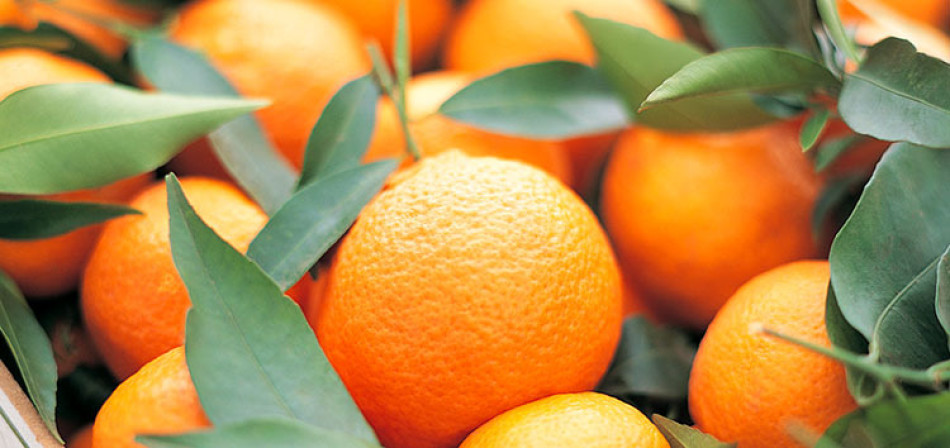Understanding fatty liver disease

Understanding fatty liver disease
1 min read
Non-alcoholic fatty liver disease (NAFLD) is the name for a collection of conditions caused by hepatic steatosis, in the absence of other causes such as infection, alcohol or drugs. It includes conditions such as non-alcoholic steatohepatitis (NASH), fibrosis or cirrhosis. NAFLD is frequently associated with obesity and related conditions, such as hyperlipidemia, hypertension, and type 2 diabetes.
Excess calories are implicated in the risk of developing NAFLD, whereas the role of other specific nutrients is more controversial. Excess fructose intake, however, is often linked to NAFLD. The increased consumption of sugar and sugar-sweetened beverages in recent years (both major sources of fructose in the diet) correlates with an increase in NAFLD prevalence. Studies suggest that fructose consumption can increase insulin resistance, visceral adiposity, de novo hepatic lipogenesis and block hepatic fatty acid oxidation. In addition, fructose can increase hepatic uric acid production and influence the balance of gut microbiota and gut permeability.
Whole fruits, and soft drinks are the largest contributors to fructose intakes, while 100% fruit juice contributes a minimal amount to the diet. A 200ml glass of 100% orange juice, for example, contains 5g fructose. Based on the fruit juice consumption in 46 different countries [1], an average daily intake of 1.5 g fructose from fruit juices was calculated which corresponds to less than 0.5% of the calories in a typical 2000 kcal diet.
Although 100% fruit juice contains fructose, studies suggest that bioactive compounds contained in the juice, such as polyphenols, could help lower the risk of NAFLD. One trial in rats fed a high-fat, high-sugar diet and found that the addition of pomegranate juice produced significantly lower levels of hepatic steatosis, inflammation, proinflammatory gene expression, plasma glucose and insulin [2].
Another rat study found that the addition of orange juice bioactive compounds to a NAFLD inducing diet helped to reduce hepatic and plasma lipids, insulin resistance and markers of oxidative stress and inflammation [3]. This has also been confirmed in a randomised controlled trial with 65 NAFLD patients who received daily pomegranate or orange juice as part of a hypocaloric diet and had reduced liver enzymes in both groups, a marker of improved antioxidant status [4].
In conclusion, 100% fruit juice contributes relatively little fructose to the typical European diet and there is evidence that the bioactive compounds in 100% fruit juice appear to have positive metabolic effects, despite the presence of natural fructose.
References
1. Singh GM et al. (2015) https://pubmed.ncbi.nlm.nih.gov/26244332/
2. Noori et al. (2017) https://pubmed.ncbi.nlm.nih.gov/27717115/
3. Y Al-Okbi et al. (2018) https://pubmed.ncbi.nlm.nih.gov/30417996/
4. Ekhlasi et al. (2015) https://pubmed.ncbi.nlm.nih.gov/27414418/
